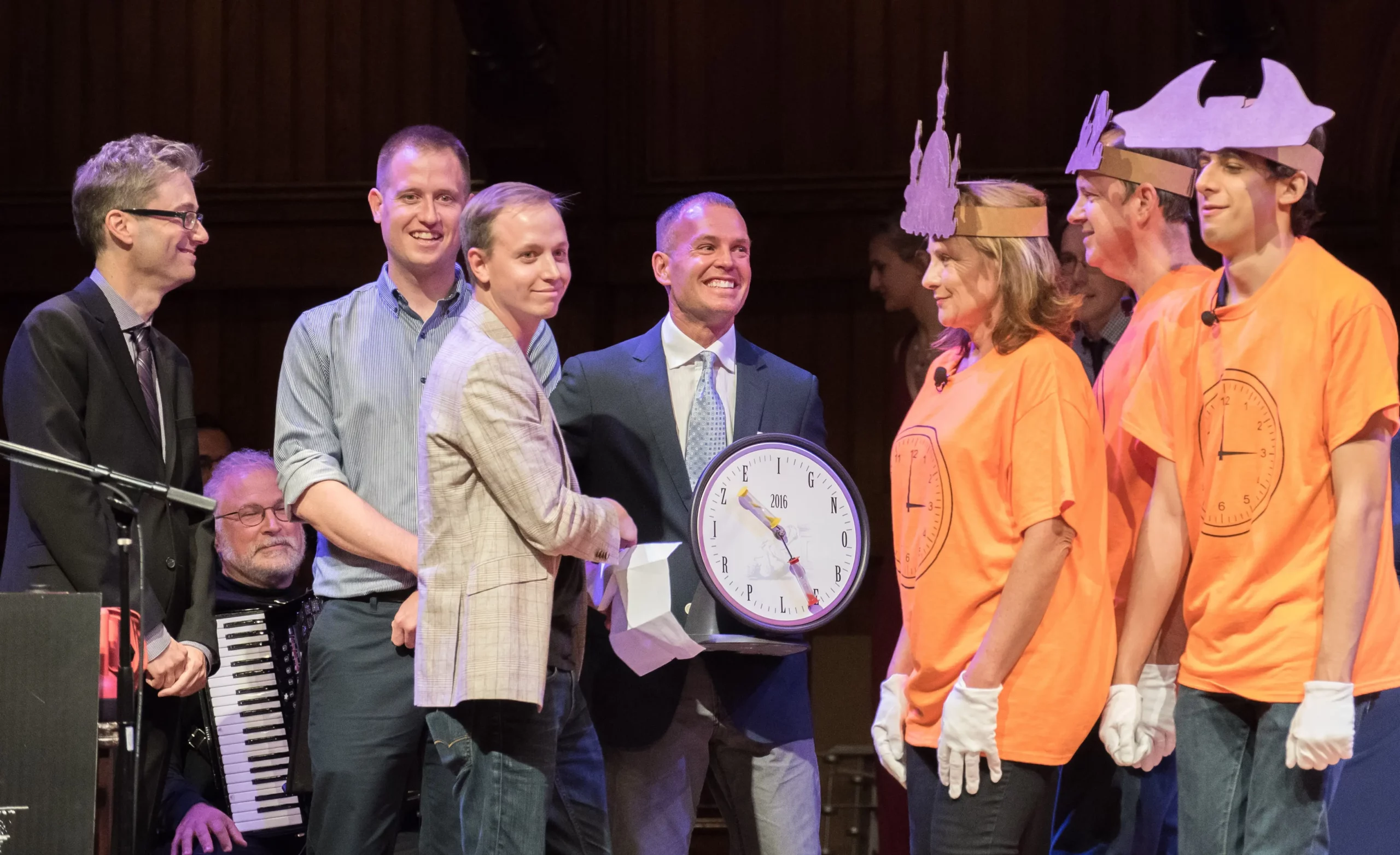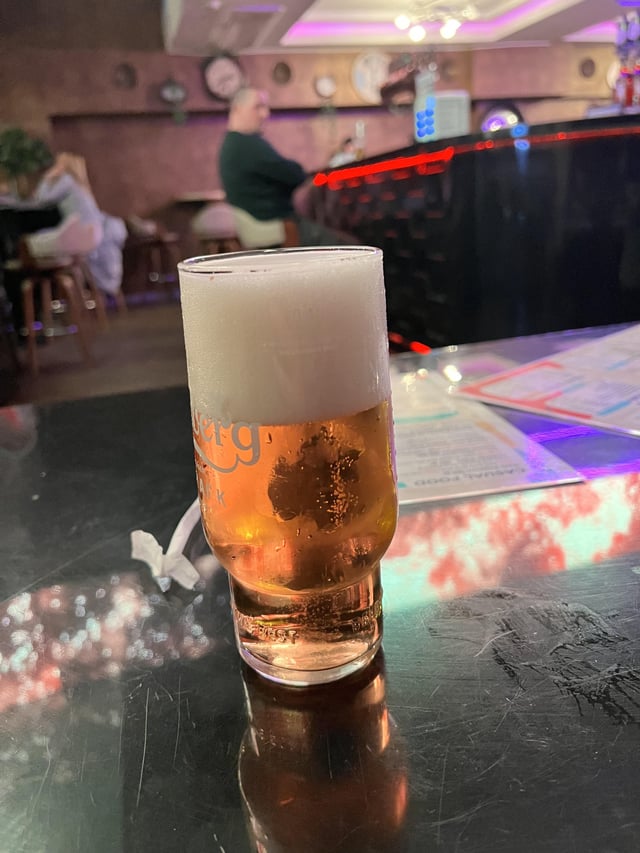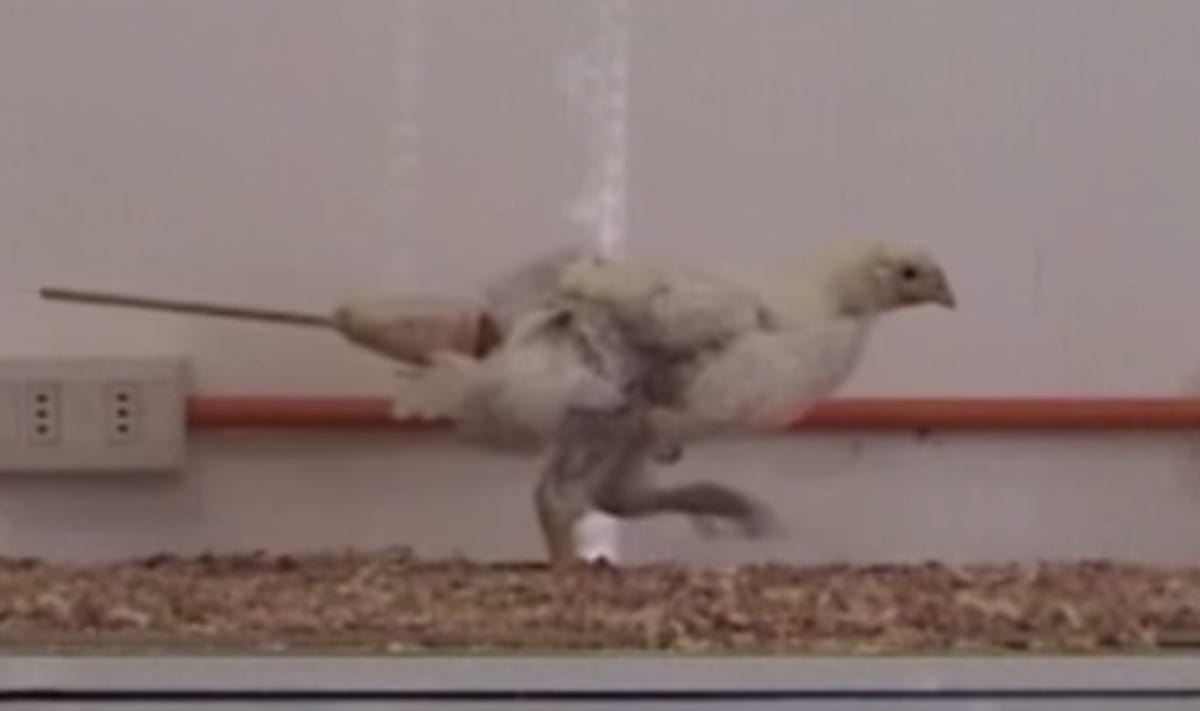When a scientist wins the Nobel Prize, it usually means they’ve cracked some scientific code previously left a mystery. But not all Nobel Prizes are made equal. The following experiments will likely leave you with more questions than not. These Nobel Prizes will first make you laugh, and then make you think. It’s surprising to learn scientists studied how the mating season of anchovies affects the ocean’s motion, why scientists lick rocks, and why pregnant women don’t tip over.

Dead Spiders As Gripping Tools
Have you ever noticed how a dead spider curls up its legs when it dies? Two scientists, that go by the name of Te Faye Yap and Daniel Preston, were the pioneers of “macrobiotics,” which studied exactly this. It sounds wild, but the experiment was even wilder. They wanted to figure out exactly why these spider’s legs curled when it died. Spiders only have muscles that flex their legs with hydraulic pressure, so when the scientists tapped into the hydraulic systems with a needle, they discovered they could use their legs like a claw machine.
Preston said, “One of the things we are most excited about with this work is that nature builds this robotic actuator or gripper for us. One of the biggest advantages is the simplicity of the approach. We can make small-scale robotic components like these grippers with basically one simple step.” Then plan to use these wild grippers to collect fragile materials like insects. They’re positive the animals in the wild won’t mind a random spider appearing and then disappearing (The Scientist).

How To Dunk A Biscuit
In 1999, Len Fisher earned the Nobel Prize for figuring out the best way to dunk a biscuit in liquid. If you’ve ever had a cookie or biscuit melt after dunking it in liquid, you’re not alone. Because the cookie and biscuit are porous, capillary action pulls the fluid up into the porous channels, against the force of gravity. But Fisher discovered that if you hold the cookie at a shallow angle, it allows the lower part of the cookie to soak in milk while keeping the upper part dry and intact.
Furthermore, “Fisher further argued that Washburn’s equation, which describes the time necessary for capillary action to draw a liquid up a given length of a cylindrical pore gives a good estimate of the length of time for a cookie dunking.” With these two discoveries, you’ll never have to deal with a soggy cookie ever again (FY Fluid Dynamics).

The Strange Strange Strange Semantic Satiation
Have you ever read a word so many times, it started sounding strange? There’s a term for that: semantic satiation. Chris Moulin, Akira O’Connor, and colleagues won a Nobel Prize for their research on semantic satiation. They mostly used the word “the” to achieve this strange sensation. They claimed it’s a form of “jamais vu.” This is the reverse of deja vu when something familiar suddenly feels unfamiliar. All in all, it takes about one minute for that strange sensation to arise.
It is noteworthy because Jamais vu is often referred to as a dissociative experience. It results from the breaking down of aspects of our conscience experience that normally work seamlessly together. In this case, there is something about repeatedly encountering the same word that causes your awareness of that word being a proper word to remain unchanged, whilst your subjective experience of encountering that word starts to go a little ‘off’.” At the very least, you now know you’re not alone when it comes to this strange sensation (News St. Andrews).
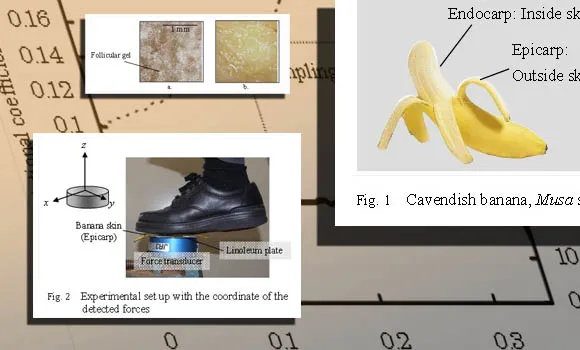
The Slippery Banana Peel
The age-old question of whether banana peels are genuinely slippery or just a cartoon exaggeration finds a surprising answer grounded in scientific recognition—the Nobel Prize. Indeed, banana peels are slippery, and the credit goes to the discovery of polysaccharide molecules within the peel. This revelation not only dispels the notion as a mere animated trope but also highlights the fascinating scientific principles at play in everyday phenomena.
The slippery quality attributed to banana peels isn’t just confined to fruit-related humor; it extends to biological implications. Polysaccharides are also present in the membranes where bones meet, a fact noted by researcher Kiyoshi Mabuchi. Drawing a connection between the slipperiness of banana peels and joint structure, Mabuchi suggests that this understanding could contribute to the design of joint prostheses. (BBC).
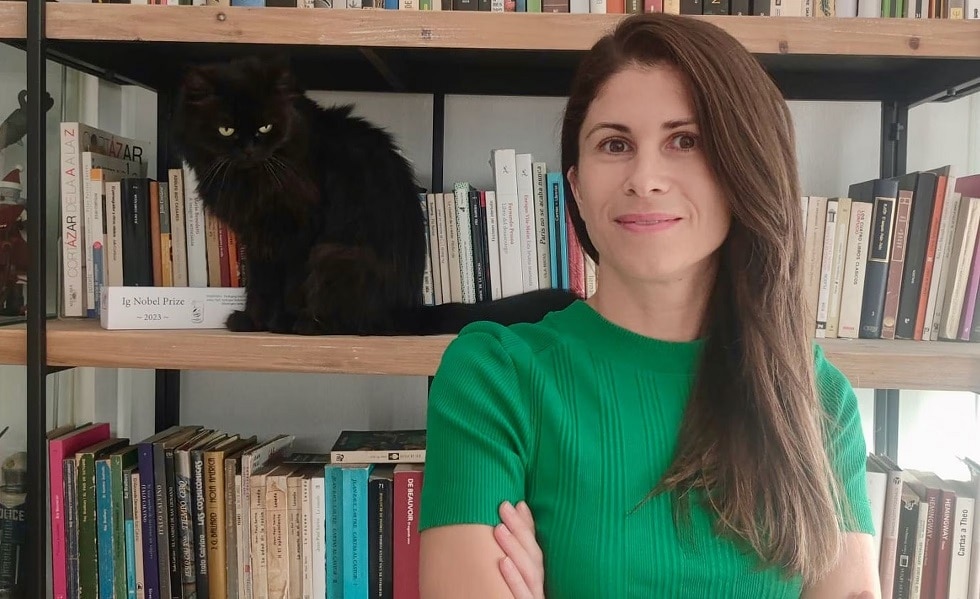
Expert Backwards Speakers
María José Torres-Prioris, Adolfo M. García, and colleagues won the Nobel Prize for studying the brains of people who can successfully speak backward. A group of residents living in La Laguna, Spain, are proficient at speaking backward. Torres-Prioris said, “Backward speech constitutes an extraordinary ability to quickly reverse words, pseudowords, and even sentences, which requires reordering phonemes while retaining their identity.”
To study this, they recruited two male expert speakers. They also used a control group of 18 other men for comparison. They subjected them to general cognitive and memory tasks, and backwards and forwards language skills. Those who can speak backward have an increased amount of grey matter volume in their brain, which is responsible for speech and language (Ars Technica).
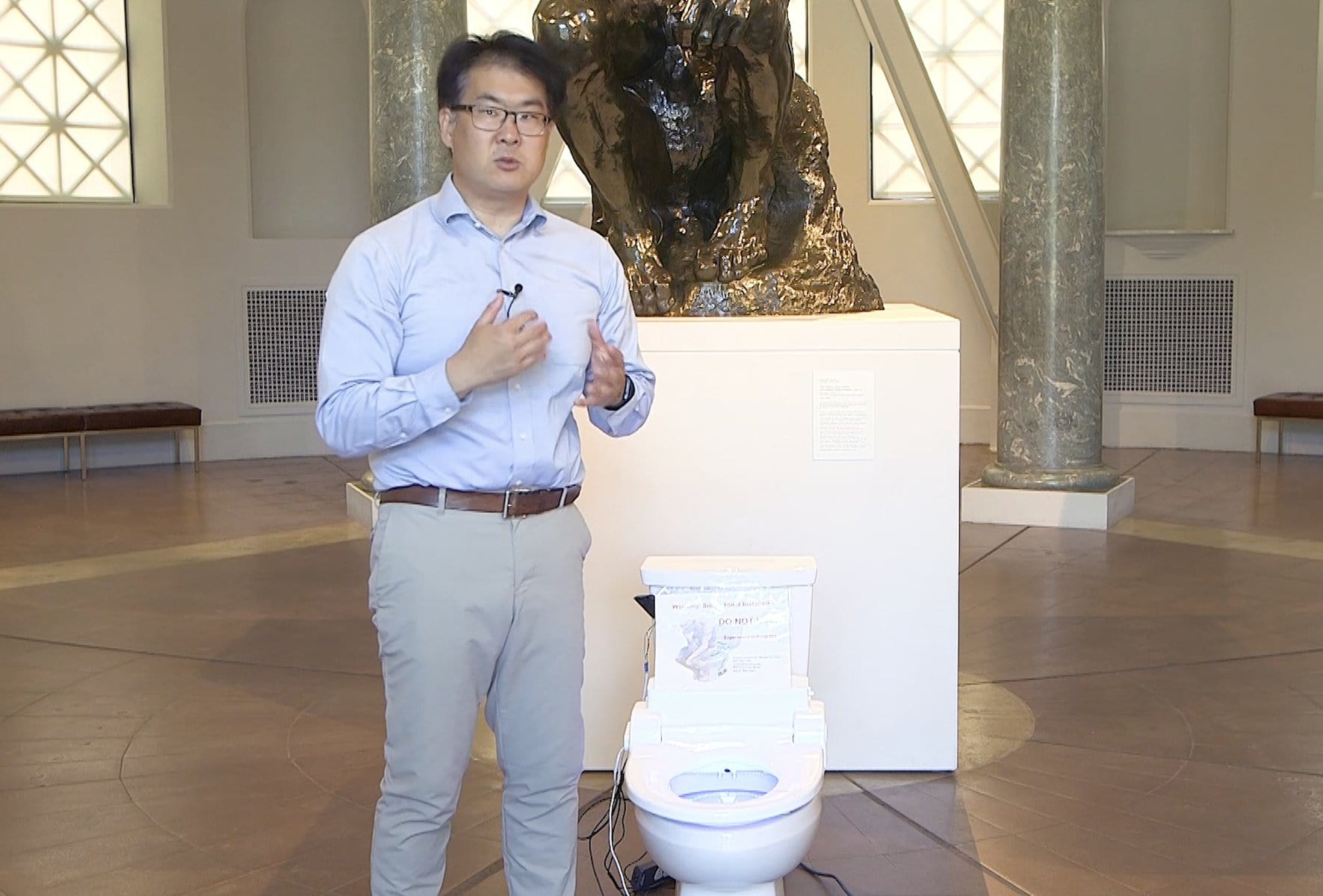
The Knowledgable Toilet
If you want to upgrade your home, it might be time to invest in a smart toilet. Seung-min Park invented this knowledgeable toilet, which uses a urinalysis dipstick test strip, a computer vision system for defecation analysis, a monitor to analyze excretions, and an identification camera for an anal-print sensor. It just goes to show that we have multiple unique body parts. Park doesn’t mean to use this to replace a doctor’s diagnosis, but as a screening tool to triage patients to capture and process data. He promises that it won’t send information about your genitalia.
…But only about the excrement that falls into the toilet, to make a proper diagnosis about your health. Park said, “I think the most immediate appeal is colon cancer because it is quite prevalent and [the colon] is the most proximal organ to the toilet.” He hopes it will detect several cancers since excrement passes from the liver, pancreas, and stomach (Standford Daily).
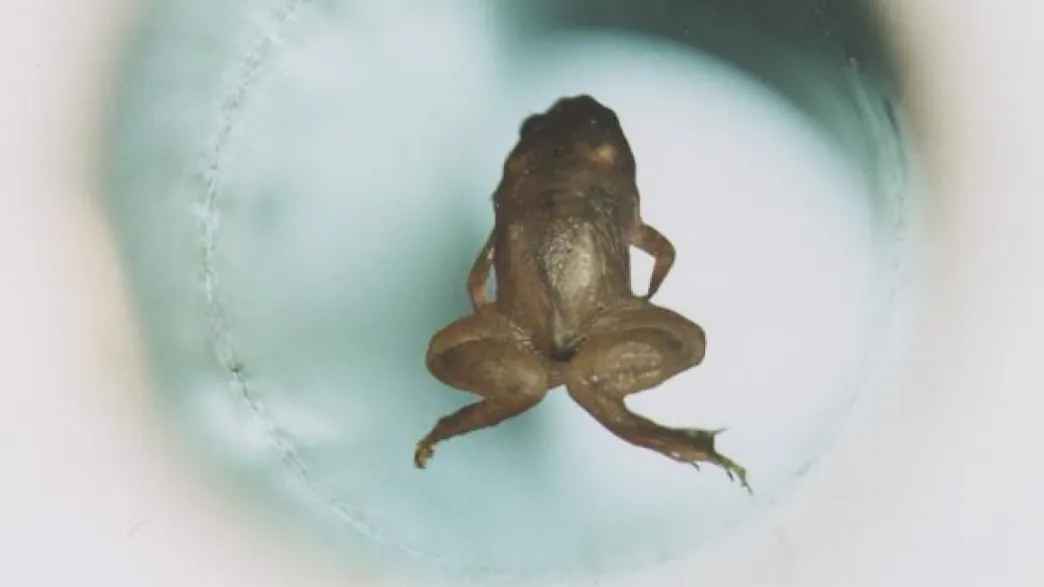
The Levitating Frog
Leave it to the Nobel Prize winners to discover that a frog can levitate using magnets. This experiment was led by Dr Andre Geim. To make the frog levitate, he used diamagnetism to make the anuran suspended in mid-air. Luckily, the experiment had no negative effects on the frog. Geim said, “In my experience, if people don’t have a sense of humor, they are usually not very good scientists either.”
What started more as an accident turned into something that won a Nobel Prize. During the experiment, “he set the electromagnet to maximum power, then poured water straight into the expensive machine. He still can’t remember why he “behaved so unprofessionally.” But he was able to see how descending water “got stuck” within the vertical bore. Balls of water started floating. They were levitating. He had discovered that a seemingly “feeble magnetic response of water” could act against Earth’s gravitational force.” For this reason, he used a magnet to levitate both a frog and the water it was floating in (Slate).

Toast Falls Butterside Down
If you’ve ever dropped a piece of toast, it probably fell butter-side down. There’s a reason for this phenomenon and accounts of this date back to the mid-19th century. Robert Matthews won the Ig Nobel Prize in Physics in 1996 for studying this phenomenon. Instead of tossing it into the air, it was more likely the toast would fall butter-side down when dropped off a table.
However, if the table is higher than 10 feet (3.0 meters), the toast will rotate 360 degrees and land butter side up. Also, if the toast moves horizontally at speeds greater than 3.6 miles per hour (1.6 m/s), the toast won’t rotate enough to land butter-side down. This phenomenon is caused by fundamental physical constants.” The added weight of the butter also affects the falling piece of toast, but because toast is relatively uniform, it will land until the floor stops it from falling (Academic).

What’s Going On Up There?
Imagine you’re walking down a busy street. The person directly in front of you looks up. Do you pay attention to them, or keep on walking? What if a group of ten or twenty people look up? Do you pay attention then? Stanley Milgram and Leonard Bickman conducted this study and won the Nobel Prize. They figured out how crowd size affects the behavior of people walking down the street. According to Ars Technica, “When a signal was given from the sixth-floor window of an office building across the street, a designated “stimulus” crowd (of either 1, 2, 3, 4, 5, 10, or 15 people) would enter the observation area, stop, look up at the window for one full minute, and then were given a signal to disperse.
The experiment was repeated several times and filmed for later analysis to see how many of the 1,425 pedestrians passing by altered their behavior in response, either by stopping and looking up or looking up without breaking stride.” Only four percent of passersby looked up when one person looked up. But when a crowd of 15 people looked up, a total of 40 percent of passersby looked up, too (Ars Technica).

The Brains Of People Who See Jesus
If you’ve ever looked at a piece of toast and saw the face of Jesus, you might think something was wrong with you. But it turns out there’s a large group of individuals who see the same thing as you. Kang Lee and his colleagues won the Ig Nobel Prize for studying this phenomenon.
They showed their subjects pictures of “noise,” to see what patterns they could identify. Lee said, “Interestingly when you superimpose all the noise images where these people say they see faces and subtract all the noise images in which they told us they couldn’t see faces – when we do this type of image processing, a face does show up.” And it all depends on your background and environment. But Buddhists might see Buddha on the toast. The face you see is determined by your beliefs. Next time you have a piece of toast for breakfast, take a look and see if you notice anything strange (BBC).

Are Cats Liquid?
We all know what a liquid is. It has a fixed volume, without a defined shape, and easily takes up the container that holds it. A Nobel Prize study discovered that cats are both a solid and a liquid, under certain circumstances. If we give a cat enough time, they can morph their shape to fit into a container.
According to Stem Fellowship, “De” is called the Deborah number, obtained by dividing the relaxation time (τ) by the experimental time (T). If the resulting “De” is more than 1 (>1), then the material is relatively solid; if the result is lower than 1 (<1), the material is relatively liquid.” Using this formula, they discovered cats are liquid, some of the time. You might look at your cat a little bit differently from now on, but we promise you, they’re not going to spontaneously combust into liquid form anytime soon (Stem Fellowship).

Counting The Nose Hairs Of Cadavers
Using cadavers, a group of scientists explored whether people’s left and right nostrils have the same number of hairs. Our nose hairs keep us healthy by preventing large, dangerous particles from entering our nose. But by using 20 cadavers, scientists removed and counted their nostril hairs.
One of the researchers, Dr. Christine Pham, said, “The knowledge is directly applicable to our patients with alopecia areata, who may experience loss of nasal hairs and are potentially at increased risk for exposure to allergic and infectious particles. The information we needed was not available in anatomy textbooks, so we decided to find out on our own.” Hair counts were more or less similar, with 112 hairs in the right nostril and 120 hairs in the left nostril. Most of the hair was towards the nose, acting as a protective barrier (Cosmos Magazine).
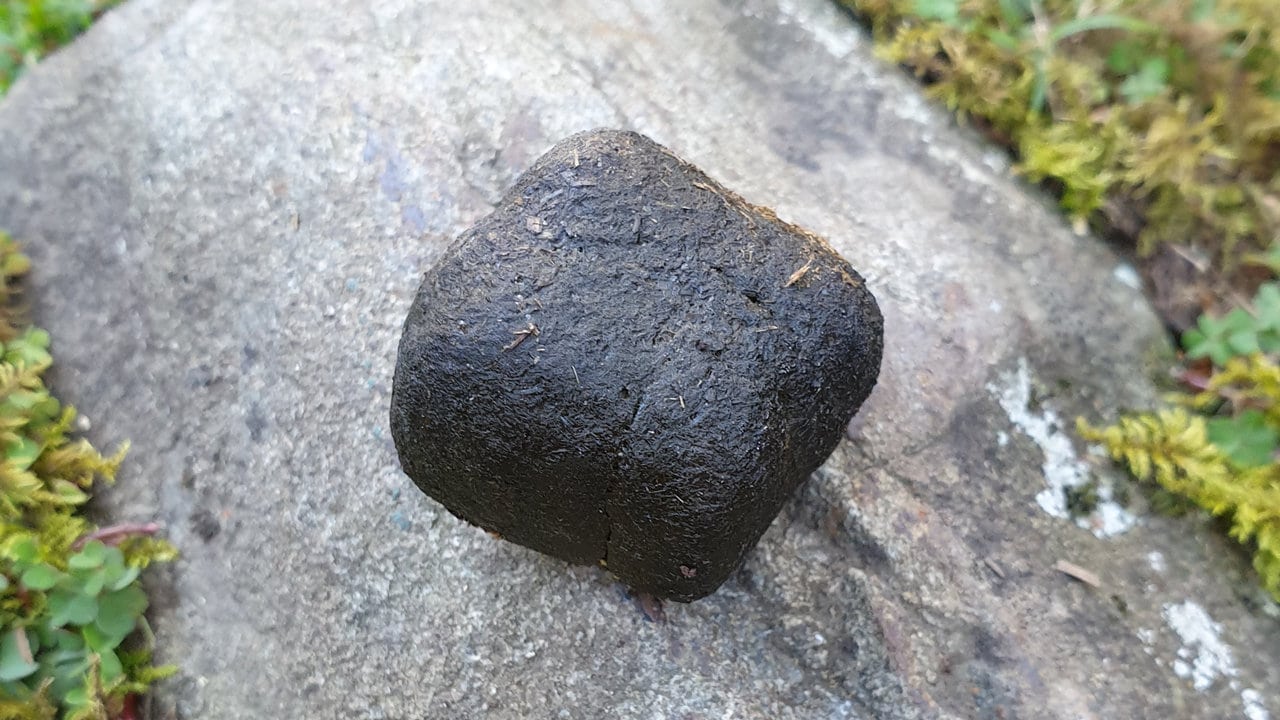
Wombats Make Cube-Shaped Poop
According to researchers who won the Nobel Prize, a wombat poops in cube shapes. This is a result of the drying of the feces inside the colon and their muscular contractions. This forms the size and shape of their poop.
According to Scott Carver, “This ability to form relatively uniform, clean-cut feces is unique in the animal kingdom. They place these feces at prominent points in their home range, such as around a rock or a log, to communicate with each other. Our research found that these cubes are formed within the last 17 percent of the colon intestine.” It’s a unique find in the animal kingdom, and he went on to say, “Bare-nosed wombats are renowned for producing distinctive, cube-shaped poos,” and researchers have won the Nobel Prize for studying it (CNN).
Beer Foam Obeys Exponential Decay
A German physicist used beer in an experiment that won him the Ig Nobel Prize in 2002. The physicist, Arnd Leike of Ludwig Maximilians University, discovered that beer obeys the mathematical law of exponential decay. To make this discovery, he used three types of beer: Erdinger Weissbier, Augustinerbräu München, and Budweiser Budvar.
He measured the height of the froth of each beer 15 times over six minutes. To check the decay, he used a chi-squared test. They exponentially agreed with the data, as he predicted. Then, he drank the beer so it didn’t go to waste (Physics World).

Scientists Lick Rocks
A scientist wouldn’t be a scientist without their tongue. It’s one of their most important tools. Polish geologist Jan Zalasiewicz won the Nobel Prize for his article “Eating Fossils,” which is why licking rocks is a technique used for analytics. Giovanni Arduino, an Italian mining engineer, described how a mudrock collected in the Dolomites revealed “a flavor equally bitter and urinous; when spat out, it leaves a certain sweetness, and a skinned tongue,” which was likely a result of coal and sulfur minerals found in the sedimentary rock. Geologists love to lick rocks to reveal their texture.
Zalasiewicz said, “Wetting the surface allows fossil and mineral textures to stand out sharply, rather than being lost in the blur of intersecting micro-reflections and micro-refractions that come out of a dry surface.” While it’s not recommended to start licking everything in sight, scientists use it for research purposes, and this discovery led to a Nobel Prize (Forbes).
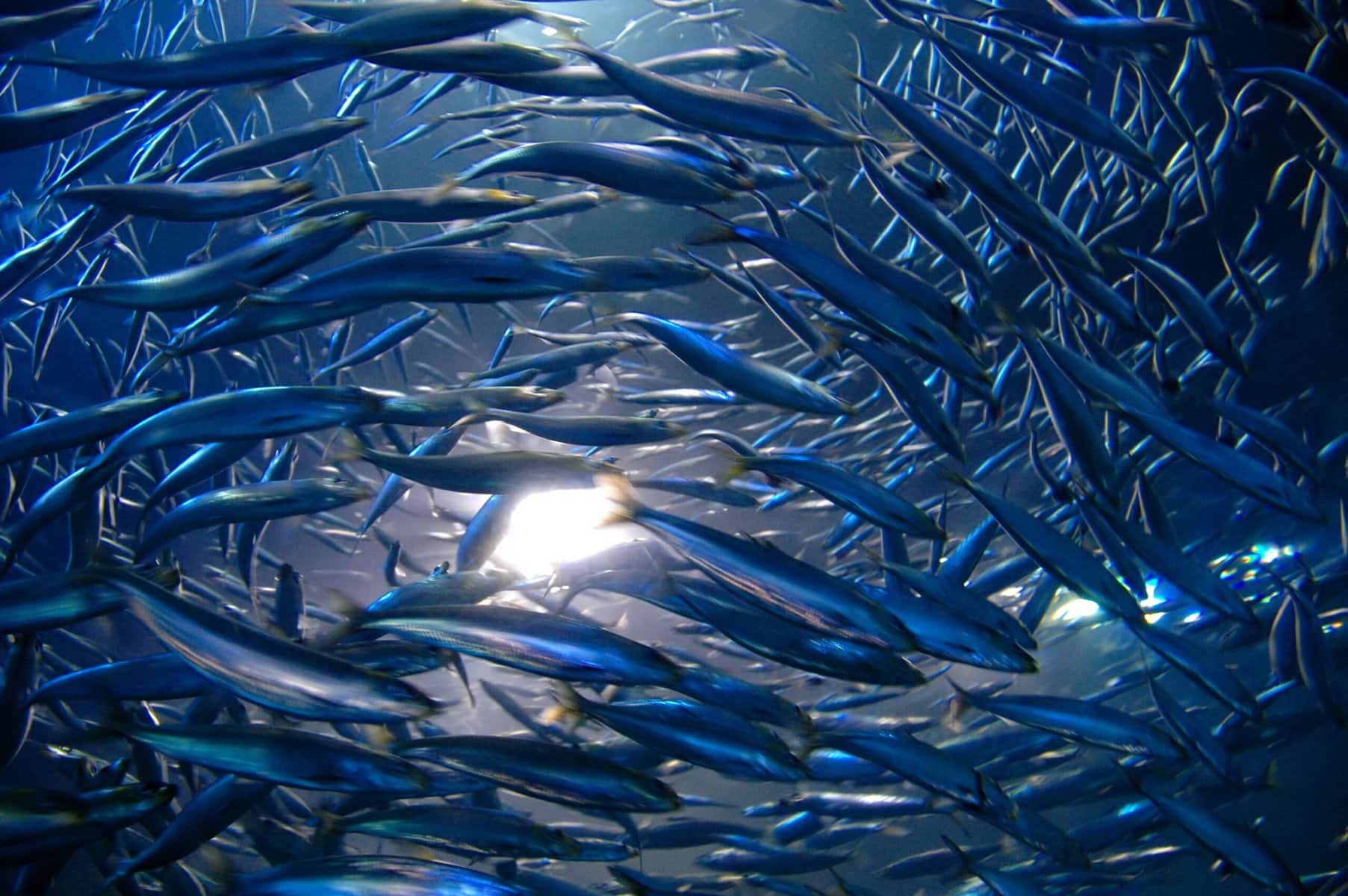
Anchovy Mating Affects the Ocean’s Motion
It’s unlikely you’ve sat there and wondered how the sexual energy of anchovies affects ocean water mixing. It’s enough of a question to warrant a Nobel Prize. Bio-mixing describes the phenomenon of mixing water of small organisms like fish. This paddling drives cold, deep water upwards, which could cause a chain reaction to affect the climate and nutrient distribution.
Over the anchovy spawning season, Beatriz Mouriño-Carballido discovered elevated levels of turbulent ocean mixing. In a way, it was comparable to storms. They said, “We believe that biological mixing was intense in our observations because the bay is highly stratified. The temperature and other properties vary significantly at different depths.” Either way, it’s an important function of the ocean and necessary for the ocean’s health (CNN).

Hula Hooping Physics
In a whimsical twist, the childhood pastime of hula hooping was acknowledged by the Nobel Prize. Researchers delved into the intricacies of this seemingly simple activity by studying seven amateur hula hoopers. The goal was to unravel the mystery of how the brain effectively manages the coordination required to keep tricky toys like the hula hoop in motion around the waist. To achieve this, sensors were strategically attached to the joints of the participants, allowing researchers to observe and analyze their hula hooping movements at various speeds.
The findings revealed that to maintain the continuous spinning of the hoop, the brain engages in a complex dance of managing approximately 18 different factors simultaneously. This intricate mental juggling act involves coordinating the movements of the ankles, both knees, and two hip joints across three dimensions. (Nature).

Education Is Boring
Not everything in the world is as exciting as things on this list, like the Nobel Prize. Ironically, though, a group of scientists went on to study how education is boring and ended up winning the Nobel Prize. This included Christian Chan, Katy Y.Y. Tam, and Wijnand A.P. Van Tilburg. They conducted a study on boredom in high school classes and undergraduate lectures. In one study, they discovered that expecting boredom was a self-fulfilling prophecy and that if they anticipated a boring lecture, they’d feel more bored.
If they felt their teacher was boring, they’d feel even more bored. However, students failed to accurately guess the boredom of their teacher. The results from Pub Med read, “Results converged to indicate that the mere expectation that a lecture will be boring may be sufficient to exacerbate its subsequent occurrence. We discuss these findings in the contexts of affective forecasting and education.” If teachers added a little bit of excitement to their lectures, they might have more interested students (Pub Med).

Pregnant Women Don’t Tip Over
Ever wondered why pregnant women, despite being top-heavy, don’t tip over? It’s a question that intrigued scientists, including Professor Shapiro. Contrary to the expectation that their forward-leaning belly would cause imbalance, researchers found that the structure of the lumbar vertebrae in women plays a crucial role. As the weight of the unborn child increases, these vertebrae help compensate for the changing center of gravity, preventing pregnant women from consistently stumbling forward.
Upon closer observation, scientists noted that pregnant women naturally lean back to avoid tipping over. This behavior led to the hypothesis that the lower vertebrae in women have evolved to alleviate pressure during pregnancy, providing a biomechanical adaptation that contributes to their remarkable stability despite the added weight at the front. The study sheds light on the intricate ways in which the human body adapts to the physiological changes brought about by pregnancy. (Phys).

Make Your Food Tastier By Zapping Your Tongue
If you want to spice up your food and drinks and get some new flavors, try zapping your tongue with a bit of electricity. Japanese scientists Hiromi Nakamura and Homei Miyashita received the Nobel Prize for demonstrating this exact phenomenon, and how electrified drinking straws and chopsticks successfully altered the taste of many food and drinks.
These can make food seem saltier, which offers us a chance to eat healthier, low-sodium food that still tastes like there’s salt. They’ve gone on to make a full-course meal with zero salts, but all the electricity and flavor (Japan Times).
Rats In Tails
Even though dinosaurs don’t exist today, Iriarte-Diaz managed to win the Ig Nobel Prize by studying chickens. He attached a fake tail to them in the hopes of delving deeper into dinosaur movement. By studying a group of 12 domestic chickens, he made a tail using clay. Two days after hatching, he attached the tail and changed it every five days as it grew. He wanted to see how the fake tail affected their gate.
He said, “We don’t have dinosaurs, so this is one of the best things that we have… There’s been many, many changes from dinosaurs to birds but one of the most important is that they lost their tails, which produced a change in the center of mass. It’s an interesting approach to a very difficult problem.” He discovered that dinosaurs walked more similarly to humans. Most of their movement was in the hips and they had a vertical stance (Today).
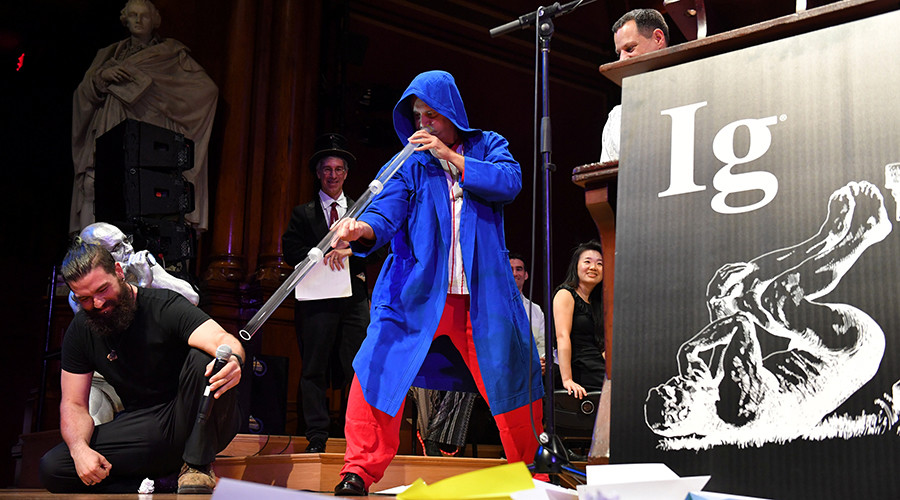
Say Goodbye To Snoring
In 2017, researchers Milo Puhan, Alex Suarez, Christian Lo Cascio, and Alfred Zahn stumbled upon an unexpected solution for treating sleep apnea and snoring: the didgeridoo. For those grappling with sleep disturbances due to a snoring partner, the unconventional remedy of investing in a didgeridoo might be worth considering. The researchers found that playing the didgeridoo consistently could effectively alleviate sleep apnea and reduce snoring, offering a unique and musical approach to addressing these common sleep-related issues.
In response to their findings, a more accessible and portable alternative was introduced—the “Snadoo.” This smaller, plastic version of the didgeridoo is designed to work in tandem with mobile apps, making it a convenient and user-friendly option for individuals seeking a non-invasive way to improve sleep quality. (Sleep Review Mags).

Your Full Bladder
Have you ever found yourself in a situation where the need to pee was so urgent that it rendered you incapable of standing up straight or thinking clearly? It turns out there’s a scientific rationale behind this relatable experience, and it even earned someone the Ig Nobel Prize.
Researcher Peter Snyder delved into this phenomenon, revealing that the intense pain caused by a full bladder can induce a state akin to being drunk. As individuals approach the threshold of unbearable discomfort, it impairs their cognitive abilities, impacting their capacity to hold onto and process information effectively. The recognition of this curious connection between the urgent call of nature and cognitive impairment highlights the intricacies of our physiological responses. (Daily Mail).
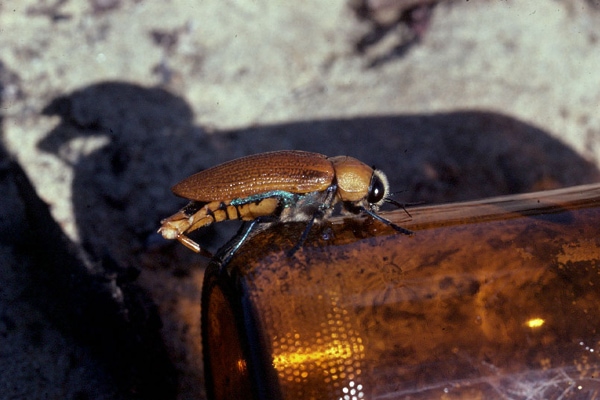
Beetles Mating With Beer Bottles
Researchers used Australian jewel beetles and discovered they have a love for beer bottles. The beetles felt so enamored with the brown “stubby” beer bottles that they intensely mated with them. They ended up dying in the hot sun. They had the chance to leave freely but decided to die in the mating process. Darryl Gwynne, who was a part of the research, said, “We were walking along a dirt road with the usual scattering of beer cans and bottles when we saw about six bottles with beetles on top or crawling up the side. It was clear the beetles were trying to mate with the bottles.”
The bottles resemble the “super female” jewel beetle, which also reflects light in the same way as the female wings do. During the experiment, the beetles either died by frying in the sun, had to be removed, or were eaten by hungry ants (Science Daily).
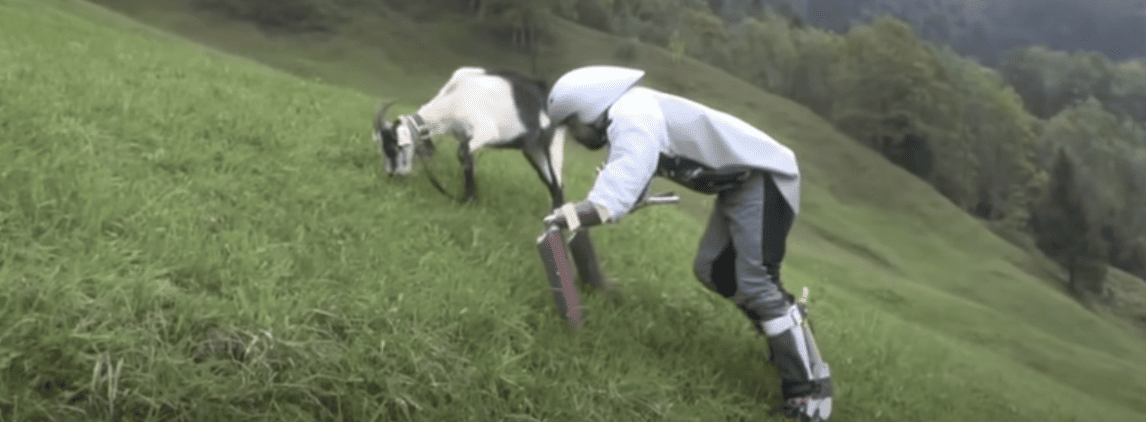
Researcher Lives As A Goat
Back in 2016, Charles Foster and Thomas Thwaites won the Ig Nobel Prize. Foster wanted to answer the question, “Who are we?” He lived in the wild as a badger, a deer, an otter, and a bird. He hoped to answer this question. Thwaites, on the other hand, built a prosthetic leg, traveled to the Alps, and lived amongst a herd of goats. He said, “I tried to become a goat to escape the angst inherent in being a human. The project became an exploration of how close modern technology can take us in fulfilling an ancient human dream: to take on characteristics from other animals.” He wanted a holiday away from being a human.
During an interview, he said the leg was “made from fiberglass, carbon fiber, and rubber, and had joints that could lock and move. They were designed to put 60 percent of my weight on my front legs, just like a goat. I found I could trot on a flat surface, but it was terrifying going down steep slopes.” But he didn’t stop there. He also wanted to live in the present moment, like a goat, so he affected a part of his brain responsible for memory. “A scientist told me that goats have no episodic memory, that they live in the here and now. After that, I approached a neuroscientist who refused to meddle with my memory but did use transcranial magnetic stimulation to temporarily interfere with the Broca’s area of my brain.” He ended up befriending one goat in particular, followed him around, and spent the most time with him (Science Focus).

